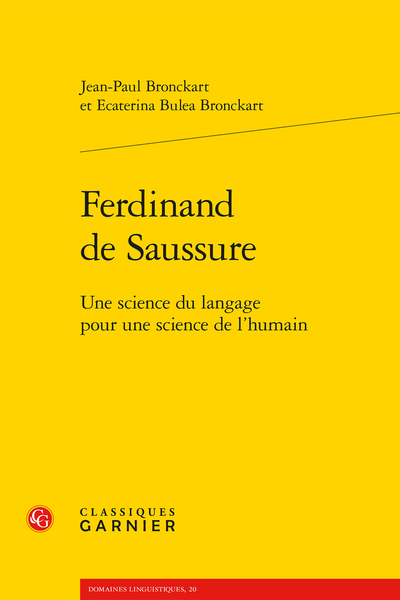John E. Joseph, « The affective, the conceptual and the meaning of ‘life’ in the stylistics of Charles Bally», Language & Communication 86 (September 2022), p. 60-69.
Published online : 24 August 2022
DOI : https://doi.org/10.1016/j.langcom.2022.05.006
Article disponible en open access à ce lien

Abstract
The work in stylistics of Charles Bally (1865–1947) attempts to analyse that subset of a language system in which meaning is not purely conceptual or intellectual, but has an affective, emotional dimension. It is not concerned with literary language, but with everyday language used in the service of ‘life’, a word which is central for Bally. This paper adds to the definitive study of Bally’s stylistics (Taylor 1981) by bringing in material which came to light after its publication, including Médina’s (1985) study of Bally’s reliance on the work of Henri Bergson, who reconfigured the affective-conceptual dyad and whose writings are the source, Médina shows, of Bally’s use of ‘life’. This paper also adduces more recently published documents on Bally’s intellectual and professional relationship with Ferdinand de Saussure, which figures prominently in Taylor’s (1981) account, and which can now be reassessed in a new light.






